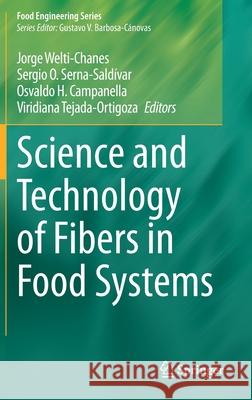Science and Technology of Fibers in Food Systems » książka
topmenu
Science and Technology of Fibers in Food Systems
ISBN-13: 9783030386535 / Angielski / Twarda / 2020 / 468 str.
Science and Technology of Fibers in Food Systems
ISBN-13: 9783030386535 / Angielski / Twarda / 2020 / 468 str.
cena 402,53
(netto: 383,36 VAT: 5%)
Najniższa cena z 30 dni: 385,52
(netto: 383,36 VAT: 5%)
Najniższa cena z 30 dni: 385,52
Termin realizacji zamówienia:
ok. 22 dni roboczych.
ok. 22 dni roboczych.
Darmowa dostawa!
Kategorie:
Kategorie BISAC:
Wydawca:
Springer
Seria wydawnicza:
Język:
Angielski
ISBN-13:
9783030386535
Rok wydania:
2020
Wydanie:
2020
Numer serii:
000156611
Ilość stron:
468
Waga:
0.84 kg
Wymiary:
23.39 x 15.6 x 2.69
Oprawa:
Twarda
Wolumenów:
01
Dodatkowe informacje:
Wydanie ilustrowane











